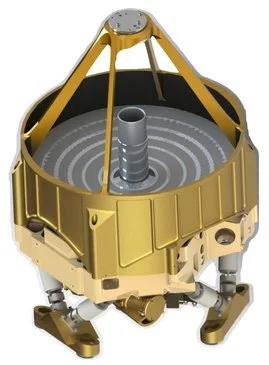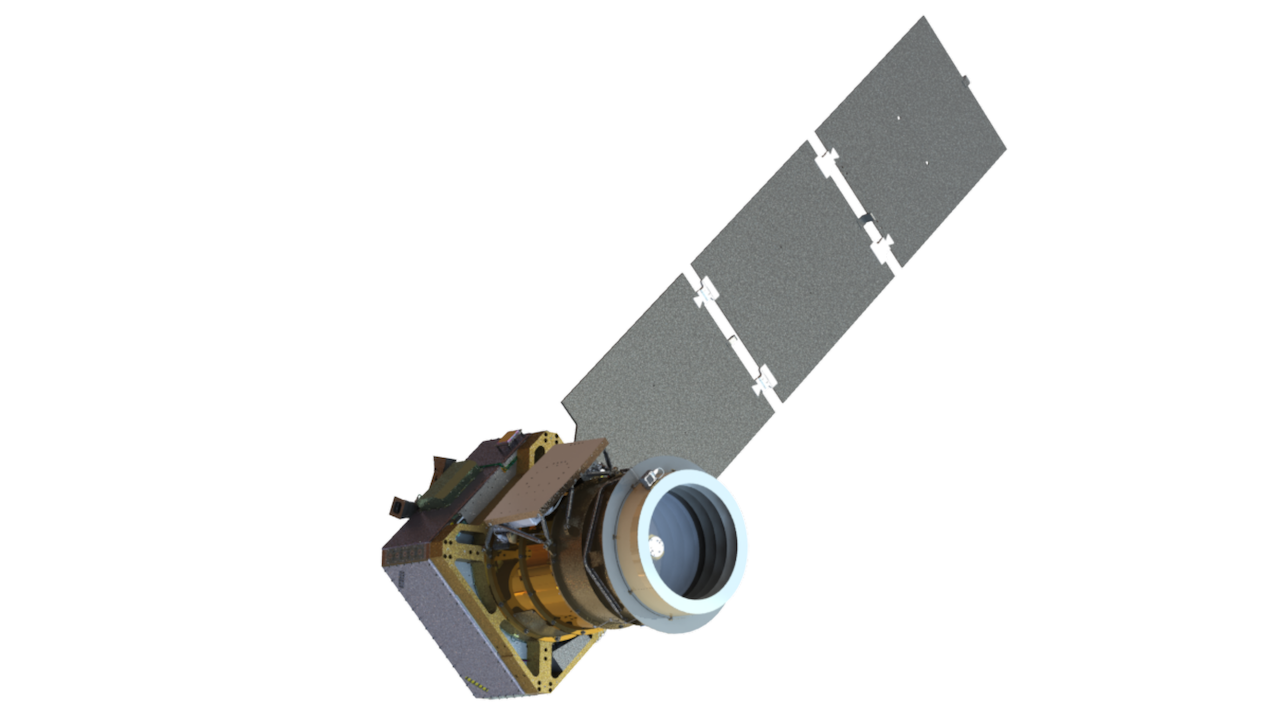To detect water on exoplanets, it is important to first understand the host stars. This is where Pandora comes in.
Currently, the most promising way to observe an exoplanet’s atmosphere is a technique called transmission spectroscopy. In short, this is where starlight filters through the atmosphere of a planet as the planet passes in front of the star from our perspective. Like the colors in a stained glass window, the chemical compounds in the planet’s atmosphere leave telltale signs in the light that filters through, and it is this light and these signs that we observe on Earth to determine an atmosphere’s composition. However, to truly know what imprints the atmosphere is leaving on the light and what was already there beforehand, we must understand the original source of the light: the planet’s host star. NASA’s Pandora SmallSat mission will do just that, monitoring the light from the host star while also observing the atmospheres of the surrounding planets. I am a member of Pandora’s Science Team as well as a leader in the Science Operations Center, responsible for successfully accomplishing the mission’s scientific objectives. Below are some of the published projects that I have worked on.


